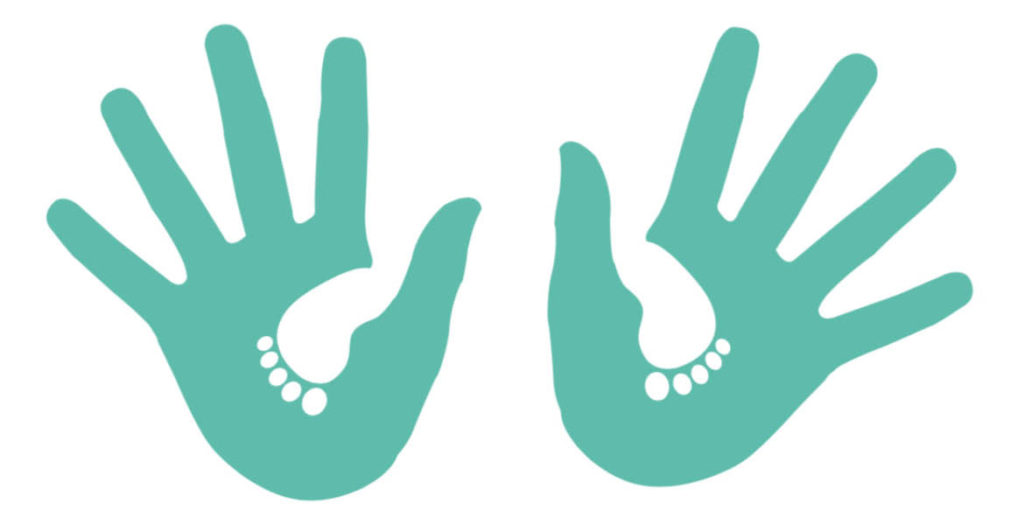
Many babies are born without intervention from your medical team but once in a while, a baby might need a little extra help making their way into the big, wide world. We give you all the facts you need to know about assisted birth.
Why might I need an assisted birth?
Sometimes a baby needs help getting out of the birth canal. This may be because you are very tired, because they are a larger baby than normal or for another, unexplained reason.
It can help the Mummy as much as the baby, as by the point this is necessary, you may have been in labour for quite a while. If it is your first baby, it is statistically more likely that you will have been in labour for longer – and also according to those statistics, one in five first time Mummies will have an assisted birth.
Having an assisted birth may also help you to avoid a Caesarean, which has a much longer recovery time and carries more risks than a vaginal delivery, so don’t see it in any way as a ‘failure’ or an unnecessary deviation from your birth plan. Sometimes, it’s the best way to help both you and your baby.
How does my team help my baby out?
Having an assistant birth means that the medical team looking after your labour and birth will use a device to help bring your baby into the world. There are two options:
Forceps
Looking alarming like a pair of kitchen tongs, this is a stainless steel device with handles for the doctor to hold and large, curved ends that hold your baby’s head.
Your doctor will check first that your baby is in the correct position for birth and will carry out an episiotomy to enlarge the vagina’s natural opening (see our feature online). Then the forceps will be gently inserted into your vagina and placed either side of your baby’s head. If your baby is not in the best position, your doctor can also gently rotate her to make the birth easier.
When a contraction comes on, the doctor will start to pull on the forceps to help your baby move downwards in the birth canal. Don’t worry if you’ve had an epidural and can’t feel the contractions, as your midwife will help and tell you when to push. If, after three tries, this does not work, your doctor will move you to having a Caesarean (knowledge is power, so read our feature on C-sections.
Ventouse
The ventouse is a vacuum extractor – basically, a plastic or metal cup attached to a suction device that can be attached to your baby’s head and then uses the vacuum to ‘suck’ your baby out. The machine used to extract the air can be quite noisy and the cup may come off – don’t worry, this may seem alarming but it’s quite easy to re-attach it. It is not used if your baby is under 34 weeks, or if she is not in the correct position for the birth with her spine at the front of your tummy and her head downwards.
Your doctor or midwife attaches the cup to your baby’s head inside the vagina either with or without performing an episiotomy first, depending on what access they can achieve.
The air is removed from the cup and then your doctor or midwife will pull when you get your next contraction.
If this is unsuccessful after three tries, your doctor might change to forceps, though a Caesarean is more likely as each attempt can bring some risk of injury to your baby.
Which is better?
Forceps are possibly more effective, though a little more invasive both for your baby and for you. A ventouse is less damaging for you.
How am I prepared for an asisted birth?
You will be catheterised (a thin tube is passed into your bladder, so that your urine is collected in a bag), then you will be given some pain relief, either in the form of a pudendal block (an injection into the vagina), or an epidural (spinal anaesthetic – for more on this, and other forms of pain relief in labour, go to the website). A paediatrician will be called to the delivery room to protect the health of your baby.
What happens if this doesn’t work?
If your team, after assessing you, feel that an assisted birth will not be possible, or if they try without a good result, they may move you to theatre for an emergency Caesarean. This may happen if your baby is very large, if she is lying with her back towards your back rather than with the back towards the front of your bump, if the baby’s head has not descended into the birth canal or if you have a high Body Mass Index of over 30.
What are the risks of an assisted birth?
For baby: a ventouse delivery may leave your baby with a temporary swelling on the head and may also cause bleeding in the eyes, though the latter is not common. Forceps can cause bruising and marks on the sides of your baby’s head. All marks of an assisted delivery should fade over the first few weeks of your baby’s life.
For you: you may need
an episiotomy, which takes time to heal and can cause discomfort. Your vagina and perineum may be damaged due to the instruments and you may find that you have some incontinence following the procedure – though this should right itself gradually.
First person: “Having a ventouse felt like a huge relief to me”
Julia Ognieva had her baby in January and her little one was delivered courtesy of the ventouse. She tells us what happened.
“The medical team offered the ventouse because my final stage of labour was not progressing fast enough. I was very tired and my contractions didn’t feel strong enough to push the baby out.
My midwife encouraged me to continue with natural birth but I needed help.
I had a rough idea of what a ventouse was beforehand but relied on my team to suggest the right type of intervention. They explained the procedure to us and gave us time to make the decision. Having a ventouse (along with an episiotomy) felt like a huge relief and helped me finally push the baby out. The procedure was very quick and professional, the doctor explained every step and made me feel really comfortable and cared for.
Overall, having a ventouse delivery felt like the right choice and although it left a small mark and bump on the baby’s head,
it healed within a few days. My episiotomy stitches healed easily as well without complications. It was a straightforward procedure that helped me get through the labour when I felt like I had done everything I could, yet the baby just wasn’t coming out.
Further resources
◗ Tommy’s
tommys.org 020 7398 3400
◗ NHS nhs.uk/conditions/pregnancy- and-baby/pages/ventouse- forceps-delivery.aspx
